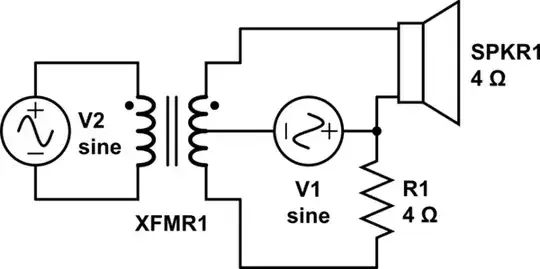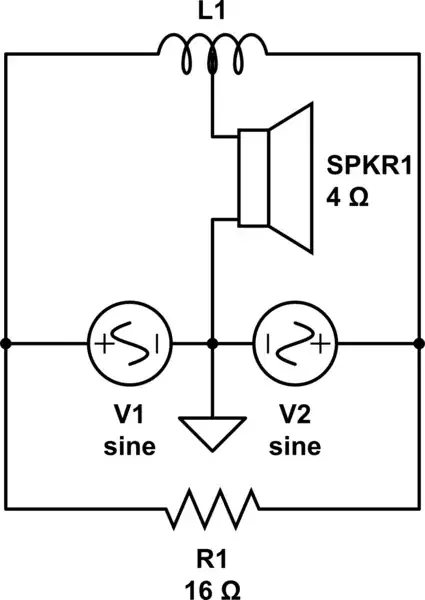I have several voice-radios with amplified mono outputs. The radios are designed to connect directly to a 4Ω speaker. I would like to connect two (or more) of them to the same speaker.
The radio transmits human voice (think walkie-talkies), so the signal is relatively narrow at 300-3kHz. Each radio has an independent volume knob.
Naively mixing two (or perhaps more) audio signals is relevant, but the solutions suggested are active. In my case, my signals are already amplified, so in theory I don't need further amplification. Furthermore, an active solution could have an undesired impact on a certification effort.
Using resistors is likely to substantially alter the frequency response, as explained in https://electronics.stackexchange.com/a/29871/248767, so that looks like another dead end.
Question: can these amplified signals be mixed together passively, maybe via some intelligent usage of decoupling capacitors and/or transformers, or is the simplest solution just to run each radio to its own independent speaker and call it a day?

